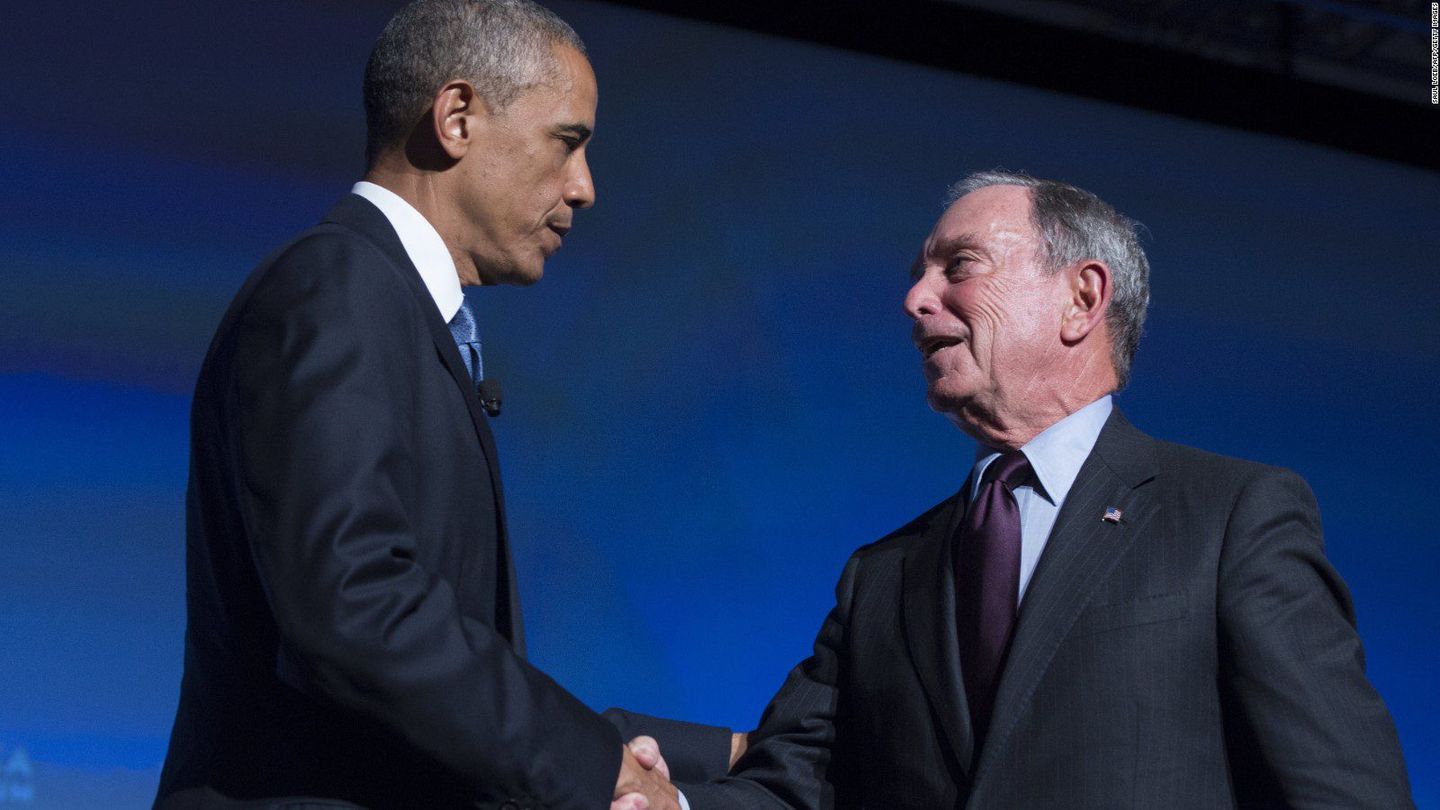

Words: Antonio Wedral
Michael Bloomberg is a modern renaissance man. An entrepreneur, author, financier, politician and activist, there is hardly an area of public or private life left untouched by his influence. But to understand the man’s later successes, it’s important to understand his earlier path. Here is the story of the remarkable life of Michael Bloomberg.
Early Career
After graduating from Johns Hopkins University with a degree in electrical engineering (and dropping into Harvard to pick up a quick MBA), Bloomberg landed a job at investment bank Salomon Brothers in New York City. His first task was to count out and organise the millions of stocks and bonds in the bank’s vault, but his quick thinking and remarkable work ethic soon saw him rise up the ranks to become partner at the young age of just 30, in 1972.
In 1978, Bloomberg was given the task of running the firm’s information technology division, a re-assignment that was designed almost as a punishment by his ambitious fellow partners. The IT sector was seen as unglamorous and unimportant, “far removed”, as Chris McNickle writes in his biography of the banker, “from the glory of the trades and the deals that made the firm money.”
But it was here that Bloomberg found his niche. After being eased out of the company with a $10million golden goodbye, Bloomberg set about putting what he’d learned in those dingy IT offices into practice.
The Birth of the Bloomberg Terminal
Bloomberg used his payoff to set up an information technology company called Innovative Market Solutions, based on a singular insight from his Salomon days: that reliable data was the lifeblood of the successful trader. Bloomberg set out to give brokers better information at lightning speeds, and he soon found that they would pay handsomely for the service.
“The Bloomberg’s”, as they were known, with their compact terminals and in-depth intel on the bond market, soon made their inventor a billionaire, and the richest man in New York. The company’s success skyrocketed in the heady financial days of the 1980s, and prompted Bloomberg to brand out into other media, launching Bloomberg News and Bloomberg TV.
Mr Mayor
In 2001, much to the delight of Wall Street, Bloomberg decided to enter the world of politics, running for mayor of New York City under the Republican banner. He won, taking office in 2002 at a poignant time for a New York still reeling from the September 11th attacks. Bloomberg set about rebuilding the city, and restoring its sense of pride and its famous hustle and bristle.
Throughout his tenure, Bloomberg used data, facts and analysis to transform an enormous, dynamic city hitherto run on instinct and half-guesses. In fighting poverty, the information mogul was said to “build a culture of evidence” that meant the plight of the poorest could not be ignored. This egalitarian streak even extended into his own workplace: Bloomberg famously stripped out most of the offices at City Hall, preferring to sit in open-plan cubicles alongside his employees so that he could be at the very heart of day-to-day operations.
Bloomberg collected only $1 a year throughout his twelve-year tenure in the mayor’s office, and invested some $650 million of his own money along the way to causes that he saw as particularly worthy. In fact, Bloomberg was so popular that when he wanted to run for a third term as mayor, he campaigned to change the law that limited officials to only two terms in office – and won.
Flying Ace
Away from Bloomberg L.P, the company that he still oversees to this day, Bloomberg relaxes by taking to the skies. The investor earned his pilot’s license in 1976, and can often be spotted flying his own helicopter — a six-seat Agusta SPA A109s helicopter, worth $4.5 million — around New York state. He also frequently captains a private jet down to Bermuda, where he owns a remarkable mansion on the famous pink sands of the Island.
Philanthropist
But perhaps the trait for which Bloomberg is most admired is his unfailing and enduring philanthropy: the businessman has donated over $2.5 billion to various causes across the years through his charitable organisation, Bloomberg Philanthropies.
Recent donations include a $100 million gift to Cornell University for the construction of a new tech-focused graduate school in New York City, and a $350 million pledge to his alma mater, Johns Hopkins. The latter donation made him the most generous living donor to any school in the US.
Bloomberg has also sought to extend his evidence-based governance to smaller towns and cities via a $42 million endowment to improve municipal governments across the country. The project will help medium-sized towns and cities to analyse data in ways that better serve their citizens. He’s also a staunch advocate of gun control, and has pledged some $50 million toward a vigorous new campaign for stricter firearm regulations.
It is this remarkable combination of entrepreneur, data-driven governor, and staunch egalitarian that makes Michael Bloomberg so keenly relevant today. In an era where government policy flies by the tweet of its pants and conservatism leans further and further to the right, Bloomberg, the arch innovator and grand pragmatist, seems like a more compelling figure than ever. The former mayor has not ruled out a return to politics. Perhaps it is time for the next chapter in an inspirational life.
Looking for more historical pieces like this? Check out our story of Prince Al-Waleed bin Talal.


